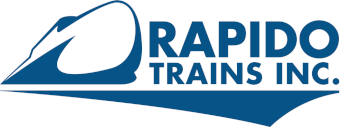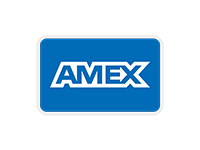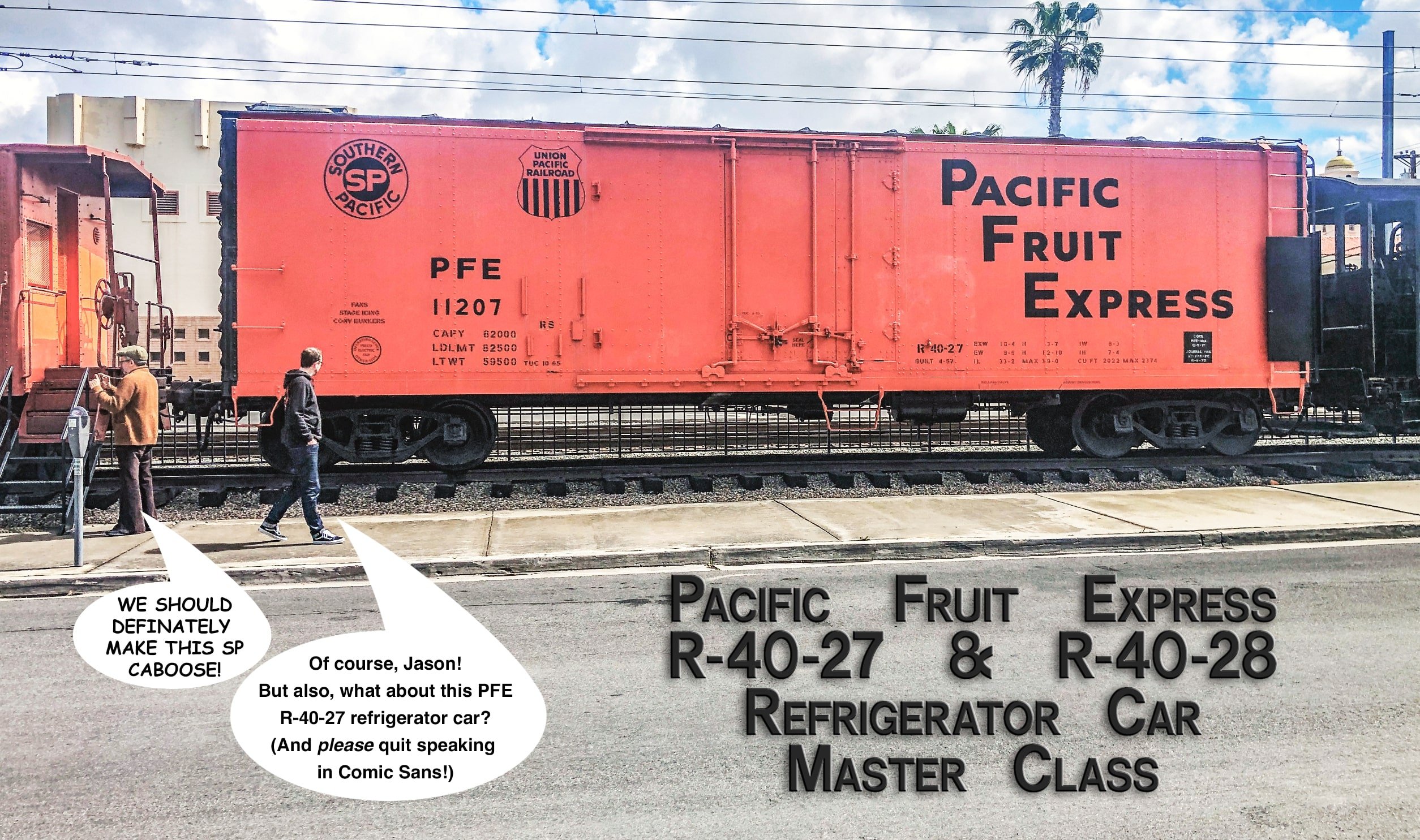

While Jason was taking in the Southern Pacific C-40-3 caboose, Jordan was considering the R-40-27 refrigerator cars on display in La Mesa, near San Diego. Jordan was able to distract Jason long enough to have him “green light” the refrigerator project, since he could see it paired with the SP caboose we were already working on. How fortuitous for us to find them together, so that context was achieved! (La Mesa, California – March 22, 2023) Craig Walker photograph
Pacific Fruit Express R-40-27 and R-40-28 Refrigerator Cars
by Craig Walker
First, A Very Brief History
(because some may not be as familiar with it as others are)
Founded on December 7, 1906, Pacific Fruit Express (PFE) was an American railroad refrigerator car leasing company owned jointly by the Union Pacific and Southern Pacific railroads. It began operations on October 1, 1907 with a fleet of 6,600 cars, and eventually grew to be, at one time, the largest operator of refrigerator cars in the world, with a fleet of 40,509 refrigerator cars in service in 1930. While owned by two western railroads, PFE cars were found all over the country, carrying cargo from agricultural western and midwestern states to markets in the east and southeast. PFE refrigerator cars wore the logos of both owner railroads.
From 1923 until 1967, the Western Pacific railroad was also a partner in PFE, although their fleet of reefers was retired by the late 1950s. While lettered for PFE, these cars carried only the WP logo upon their sides.
In later years, as with other refrigerator car operators, PFE developed mechanical refrigeration for much of their fleet, and even ventured into reefer trailers for piggyback service. In the 1970s the PFE reporting mark on most their mechanical refrigerator cars was changed to either SPFE or UPFE to indicated which of the two railroads owned specific cars. Finally, on April 1, 1978, the UP and SP divided the remaining Pacific Fruit Express assets were split between the two railroads.
So, What’s the Big Deal
About the PFE R-40-27 Class Cars?
The PFE R-40-27 class cars (R = refrigerator car, 40 = 40-ton load, and 27 = PFE’s 27th design of 40-ton cars) were innovative when it came to the car doors. Traditionally, refrigerator cars cooled with blocks of ice featured 4-foot-wide hinged doors. Always the innovator, PFE began reimagining car doors in the 1950s, beginning with the R-40-26 and R-70-5 cars. These cars featured wider 6-foot sliding or plug doors, which were well received by shippers. However, there were concerns about the weight of these larger sliding doors, which were opened manually – by humans, not forklifts. Thus, PFE tried a different approach.
Two different wider doorway solutions were designed. One was triple hinged doors (essentially the main door being hinged in the middle to create a four-foot door that would fold in the center, essentially a pair of 2-foot doors) along with another 2-foot hinged door to the side of it. PFE 41010 (R-40-10) was rebuilt with this door design in 1954.
In 1955, PFE 9974 (R-40-26) was equipped with a new variation for the wider opening, with a 2-foot hinged door to the right of a smaller 4-foot-wide plug door, which slid to the left on a track. This was the version that shippers preferred, as the sliding door was easier to operate and open and required less room on a loading dock (as it did not swing outward).
And with that, a new car class, the R-40-27, was drawn up. Built from January through August 1957, the 1,700 cars in class R-40-27, numbered PFE 10001-11700, featured a 4-foot-wide Youngstown sliding plug-door, again sliding toward the left, combined with a 2-foot-wide hinged door to the right of it, creating a 6-foot-wide opening when both were opened, or just a 2-foot-wide opening if the car needed to be inspected before unloading in order to retain the cool interior temperature.


The unique doors of the PFE’s R-40-27 refrigerator cars can be seen here – a plug-door that slides to the left, and a hinged door to the right of it. There are still a few examples of these cars on display, and PFE 10418, seen here, is at the Children’s Museum of La Habra in southern California. (La Habra, California – February 29, 2024!) Craig Walker photograph
… Which Begat the PFE R-40-28 Class Cars
While the R-40-27 class cars were successful, shippers soon clamored for an even wider door! (There is just no satisfying some shippers!) The R-40-27 plans were modified with a six-foot sliding plug-door, along with the established 2-foot-wide swinging door, and - Voilà! – the new class R-40-28 cars. The 100 cars in this class (PFE 11701-11800), were constructed at the PFE’s Los Angeles shops in July 1957.
Commonality for Uncommon Cars …
and Paint Scheme Variations
Both the R-40-27 and R-40-28 class cars were cooled with ice, and included overhead electric fans to circulate the cool air enroute.
Regarding the original paint scheme on these cars, there was a little confusion about that, as the excellent book on PFE, referenced at the end of this Master Class, has what appears to be an error regarding the original paint. We at Rapido, along with an outside PFE expert (Dick Harley), have determined the original scheme was different than earlier ice cars, as it is believed that PFE adapted the paint scheme being applied to the new mechanical refrigerator cars to these new ice-cooled cars as well. Plus, there are photos confirming Dick’s suspicions, one of which is below.
Both classes were originally painted PFE orange with black ends and underbodies, and an aluminum asphalt coating was applied to the roofs with grit mixed in to improve safety for those working on the tops of these cars. That coating had a metallic gray appearance. To the left of the doors was the then-standard PACIFIC FRUIT EXPRESS name in Common Standard Roman typeface, with the PFE reporting mark nearly centered below that and, lower still, the car number, and then the car’s capacity, load limit and light weight, and new date. A circular symbol denoting the presence of electric fans was on the side above the truck - on the left end for Preco fans, and on the right end for Equipco fans. To the right of the door, in black and white, were the Union Pacific and Southern Pacific medallions (the SP logo was placed toward the car’s B end, so the logos’ positioning was different on each side), with a small C.S. Roman REFRIGERATOR between them. Below these were the car dimensions, built date, car class (in a larger typeface) and journal repack data.


PFE R-40-27 11381 is seen in the final version of the 1950s-era paint scheme, with Roman lettering and black and white heralds. There are at least two generations of patching on this car, possibly just to make the car number more legible, but also, one supposes, to update the car’s capacities and the date of its last shopping. Interestingly, this car appears to have black ends, even though that change came after this lettering was changed to gothic lettering. The inclusion of an ACI plate and COTS data are not a surprise, as this car was photographed on southern California’s Cajon Pass in May 1980! (Ono, California) Ron Hawkins photograph
Pacific Fruit Express created a new look for their cars in April 1960, with the PACIFIC FRUIT EXPRESS name changed to a Gothic typeface, enlarged significantly, stacked (with each word “indented” a bit – so that there is a space at the beginning of FRUIT and two spaces before EXPRESS, and relocated to the right of the doors. To the left of the doors were the SP and UP medallions, but now simplified in just black (without their white backgrounds), with SP still toward the cars’ B end, and with each logo being more of an outline, with no solid fields of black in them as before. All the other lettering on the cars also changed to a Gothic type style as well, giving the cars a more modern, if less “railroady,” look.
A year later, in March 1961, this scheme as altered slightly, with the Southern Pacific medallion losing the horizontal bar that contained the word “LINES” in favor of a black center dot with an orange Gothic SP in the center.
Yet another change was made to the other ice reefer classes’ paint scheme in April 1962 when the end color was changed to black and the roof was now to be painted aluminum, which would help these cars remain cooler.


PFE R-40-27 11454 (built in may 1957) wears in the 1961 version of these cars’ markings. And it also shows the black and ends and silver roof that was applied to these cars as well. PFE 11454 is part of the collection at the Feather River Rail Society’s Western Pacific Railroad Museum, and was photographed in June 2009. (Portola, California) Dale Martin photograph
But we’re not done yet! In December 1965, yet another revision to the paint applied to these cars was mandated, with the reporting mark and car number now applied in white on a black rectangle for increased legibility, and the roof paint changed to white.
In the1950s and ‘60s, PFE repainted cars fairy often, and by 1967, over 90% of these cars had been repainted and no longer had the original lettering.
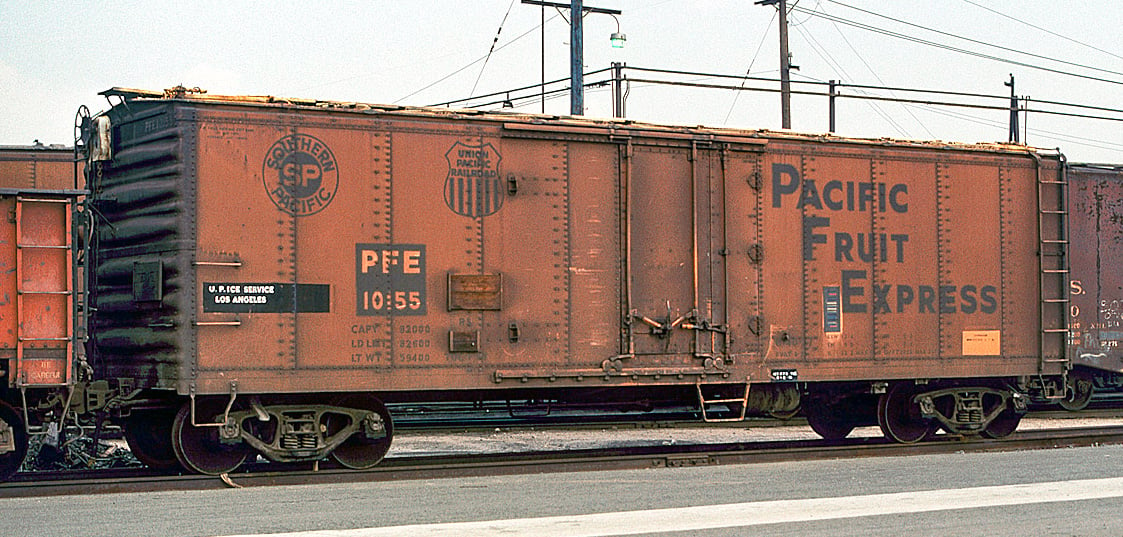

PFE R-40-27 10155 exemplifies the last scheme, in which the reporting marks and road number were changed to white on a black rectangle. This car was photographed in Union Pacific’s East Yard in Commerce, near Los Angeles, CA, in January 1977. (Ono, California) Ron Hawkins photograph
And, because these two classes lasted a long time in service, a few other small changes occurred as well:
- The Kartrak ACI (Automatic Car Identification) plates, an early form of today’s ubiquitous UPC bar codes on just about everything one purchases in a store, including Rapido Trains models (but in color and reflective … how 60s, man!), were applied to those cars in service beginning around 1967. These lasted for about a decade, although they were rarely removed even after they fell out of favor.
- COTS plates (COTS standing for “Clean, Oil, Test and Stencil”) were applied to freight cars beginning in 1972. These are the black rectangles with white outlines, and lubrication and other data applied within these white outlines, and are still found on freight cars today. These were found on the lower right corner of each freight car’s side. A few years later, lubrication dates were added, and they became “Consolidation Stencils.” And the car’s build date is also included in there. The lettering is only 1” tall, though, to keep the size down.
- In the late 1970s, thanks to a batch of defective 33” wheels from one supplier, another marking began to be applied to freight cars: The U-1 wheel inspection dot. If the car was determined to have the poor-quality wheels, a black square with a WHITE dot was applied. However, if the wheels were approved or replaced, a black square with a YELLOW dot was painted on the car.
So, for those modeling the later years of the PFE R-40-27 and R-40-28 reefers, you’ll need to add these details … unless you buy the Rapido Trains cars that have these applied already. (See how helpful we are?)
And, regarding all the paint scheme variations, keep in mind that in the 1970s PFE did not repaint cars without a good excuse (usually heavy repairs in one of their shops), and so right up until the end, these cars could be found in a variety of these lettering variations at the same time, making it just that much more fun to be modeling them in their later years! It’s best to consult photos for your specific era.
The End of the Ice Age
By the early 1970s refrigerator cars that cooled their loads with roof loaded ice were being phased out, thanks to the proliferation of newer mechanical refrigerator cars and the extensive maintenance required to operate ice stations. In anticipation of this, between 1971 and 1975, a subset of about 100 cars from the R-40-27 and R-40-28 series cars had their ice hatches bolted closed and only top icing of a car’s lading through the car door was performed. These cars were renumbered to denote this modification, with the first digit being changed from a “1” to a “3”.
By 1975 there were still 1,275 of the R-40-27 cars in active service, along with 69 of the R-40-28 cars. At the end of the 1970’s 95 R-40-27 and 5 of the R-40-28 were still in service supporting mostly UP and SP company needs. All of the cars were off the roster by mid-1982.
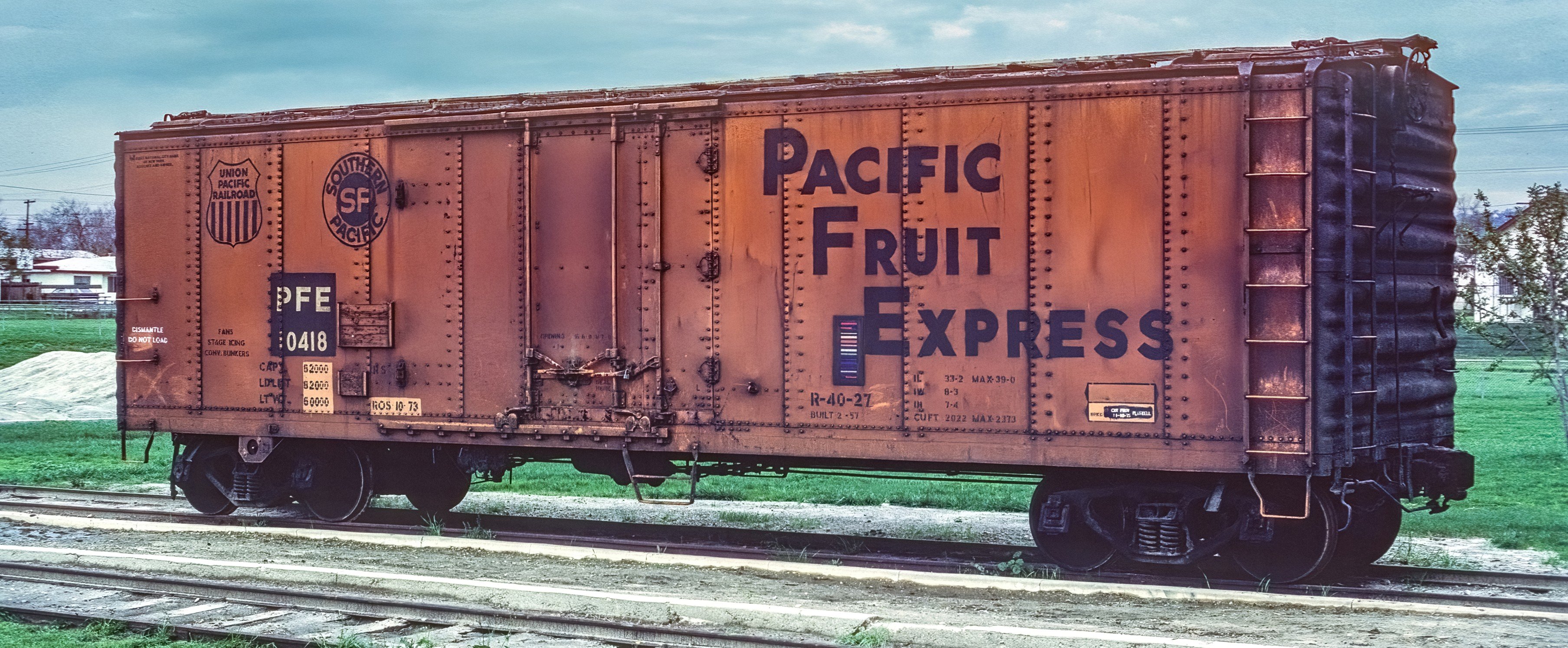

Despite the stencil on the left side of this car, reading “Dismantle Do Not Load,” this PFE R-40-27 refrigerator car was not dismantled and still exists in 2024. As seen in 1978, this car still had its last paint scheme on it, with the Gothic lettering, the later logos (and the third iteration of the SP logo), the high-visibility white on black reporting marks and car number, and even the ACI plate applied in 1967. This car is still on display here at the Children’s Museum of La Habra, in southern California, but it has since been repainted into a “close but no cigar” version of this scheme. Still, better than nothing! (La Habra, California – January 1978) Craig Walker photograph
References:
Pacific Fruit Express, by Anthony W. Thompson, Robert J. Church, and Bruce H. Jones; Central Valley Railroad Publications; Wilton CA; Copyright 1992; ISBN 0-9633791-2-7
Thanks to Dick Harley and Ron Hawkins for help with the technical parts of this, and also Ron Hawkins and Dale Martin for the use of their photos!
